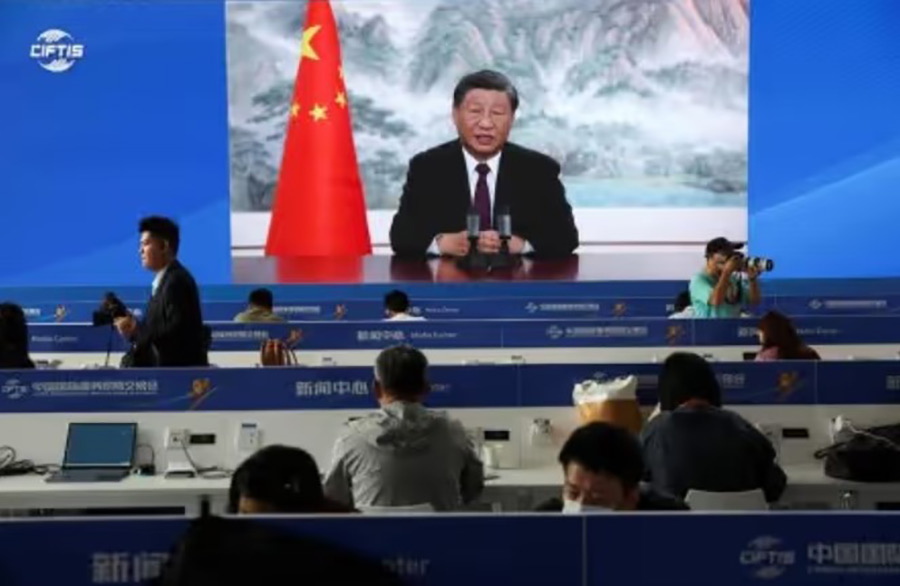BEIJING- Chinese President Xi Jinping’s first major reform plans a decade ago were also his boldest, envisaging a transition to a Western-style free market economy driven by services and consumption by 2020.
The 60-point agenda was meant to fix an obsolete growth model better suited to less developed countries – however, most of those reforms have gone nowhere leaving the economy largely reliant on older policies that have only added to China’s massive debt pile and industrial overcapacity.
The failure to restructure the world’s second-largest economy has raised critical questions about what comes next for China.
While many analysts see a slow drift towards Japan-style stagnation as the most likely outcome, there is also the prospect of a more severe crunch.
“Things always fail slowly until they suddenly break,” said William Hurst, Chong Hua Professor of Chinese Development at University of Cambridge.
“There is a significant risk in the short term of financial crisis or other degree of economic crisis that would carry very substantial social and political costs for the Chinese government. Eventually there’s going to have to be a reckoning.”
China came out of its Maoist planned economy in the 1980s as a largely rural society, badly in need of factories and infrastructure.
By the time the global financial crisis hit in 2008-09, it had already met most of its investment needs for its level of development, economists say.
Since then, the economy quadrupled in nominal terms while overall debt expanded nine times. To keep growth high, China in the 2010s doubled down on infrastructure and property investment, at the expense of household consumption.
That has kept consumer demand weaker as a portion of GDP than in most other countries and concentrated job creation in the construction and industrial sectors, careers increasingly spurned by young university graduates.
The policy focus also bloated China’s property sector to a quarter of economic activity and made local governments so reliant on debt that many now struggle to refinance.
The pandemic, a demographic downturn and geopolitical tensions have exacerbated all these problems to the point that the economy has found it hard to recover this year even as China reopened.
“We’re at a moment when we are seeing some structural shifts, but we should have seen these coming,” said Max Zenglein, chief economist at MERICS, a China studies institute.
“We’re just beginning to be confronted with the reality. We’re in untested territory.”
The end of China’s economic boom will likely hurt commodity exporters and export disinflation around the world. At home, it will threaten living standards for millions of unemployed graduates and many whose wealth is tied up in property, posing social stability risks.
Aside from short-term solutions, which would likely only perpetuate debt-fueled investment, economists see three options for China.
One is a swift, painful crisis that writes off debt, curbs excess industrial capacity and deflates the property bubble. Another is a decades-long process in which China winds down these excesses gradually at the expense of growth. The third is switching to a consumer-led model with structural reforms that cause some near-term pain but help it re-emerge faster and stronger.
A crisis could unfold if the massive property market collapses in an uncontrolled way, dragging the financial sector with it. – Reuters





